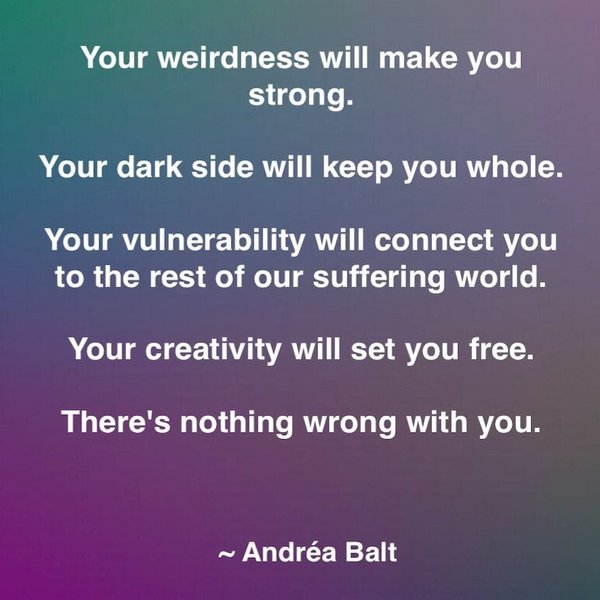Ideas I want to write about
Faces may be the best example. How many times have you seen faces in wood grain, in the patterns in plaster walls, or in the smudges on the sidewalk? A surprisingly large part of the human brain is devoted to seeing faces — when we look at a person’s face, a huge amount of brainpower is expended in interpreting it. When we’re not looking at someone
... See moreRaph Koster • Theory of Fun for Game Design
“We’re all remarkably adept,” Bogost noted, “at ascribing human intention to nonhuman things.” We do it all the time. Consider the related tendency to see human faces in non-human things, a specific subset of the phenomenon known as pareidolia, which is the tendency to assign meaning to seemingly random patterns.
there are two simple but powerful... See more
there are two simple but powerful... See more
L. M. Sacasas • LaMDA, Lemoine, and the Allures of Digital Re-enchantment
The evolution of our strange, extremely other-obsessed brains has brought with it weird side-effects. Human obsession with faces is so fierce we see them almost anywhere: in fire; in clouds; down spooky corridors; in toast. We sense minds everywhere too. Just as the brain models the outside world it also builds models of minds. This skill, which is
... See moreWill Storr • The Science of Storytelling: Why Stories Make Us Human, and How to Tell Them Better
what if public libraries were open late every night and we could engage in public life there instead of having to choose between drinking at the bar and domestic isolation
erin glasstwitter.comResearch has shown that our brains are wired to respond to faces and human-like movements, a phenomenon known as pareidolia. It’s a peculiar trait found in most primates and is believed to be linked with increased creativity.
Brand Marketing and the Psychology of Character Animation

i wish earth was more like a library. ppl speaking in soft voices on the streets everything shared and borrowed.
Becca Btwitter.com